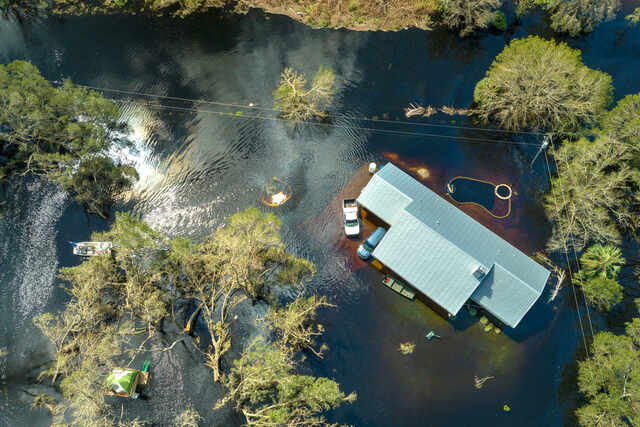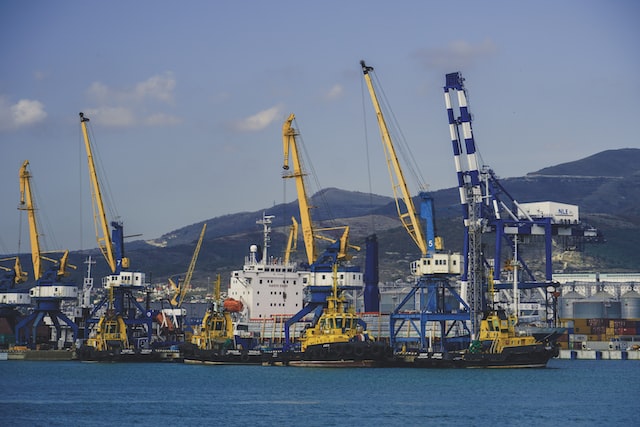Understanding the Different Classes of Natural Disasters
From catastrophic storms to seismic events to extreme temperatures, natural disasters arise from a wide range of atmospheric, geologic, hydrologic, and cosmic phenomena. While each disaster manifestation is unique in its details, we can categorize most into several major classes based on their originating forces and mechanisms of impact. Understanding these overarching types of natural disasters – and their various downstream effects – can help clarify preparedness, response, and recovery measures to strengthen community resilience.
Meteorological Disasters
Disasters in this broad class are weather and storm-related events like hurricanes, tornadoes, thunderstorms, ice storms, and heat waves. High velocity winds, flooding rains, storm surges, blizzards, extreme heat or cold, and associated phenomena fall under this umbrella.
Lives are endangered and infrastructure is damaged through mechanisms like flying debris, inundation, falling trees/branches, frozen/downed power lines, transportation disruptions, and more. Public health consequences like homelessness, waterborne illness, and disease outbreaks are common in the aftermath.
Medical nonprofits like Brother’s Brother Foundation. found at https://brothersbrother.org/, provide urgent healthcare, while sustained disaster response involves securing widespread shelter, food, water, and medical provisions.
Climatological Disasters
When adverse meteorological conditions persist over longer timescales, they fall into the climatological category. Multi-year droughts, prolonged wildfire seasons, reduced crop yields over time, widespread water shortages, species and habitat stresses, famine, and similar effects define these disasters.
By amplifying these phenomena, climate change is increasing their frequency and severity. Health impacts arise from smoke inhalation, malnutrition and hunger, or infectious diseases like malaria that are exacerbated by climate shifts enabling growth of pathogens and vectors. Disaster aid focuses on securing stable food supplies, potable water access, agriculture system recovery, disease prevention and environmental remediation.
Hydrological Disasters
This class involves major hazardous events stemming from the overflow or mass movement of water like floods, flash floods, tsunamis, storm surges, glacial lake outbursts, and dam failures. Heavy or prolonged rainfall, upstream snowmelt, tidal forces, seismic events, and human-caused dam breaks can all trigger disastrous hydrologic releases when containment systems are overwhelmed.
Widespread property destruction, drowning injuries, waterborne infectious illnesses, and contaminated drinking water result. Medical providers deliver urgent treatment while response priorities include shelter, sanitation systems, mold remediation, and environmental hazard containment to limit further pollution of waterways.
Geophysical Disasters
Earthquakes, landslides, volcanic activity, subsidence, and similar phenomena fueled by geological and tectonic processes make up this category. The violent movement and shaking of the earth, as well as lava flows, mudslides, flying rocks/debris, sinkholes, and related mechanisms endanger life safety and destroy infrastructure integrity.
Trauma treatment is a major focus of emergency medical response. Short and long-term response efforts center on providing shelters, facilities, and eventually permanent housing outside danger zones because of the extensive displacements triggered. Environmental contamination from ash, lava, emissions, or chemical releases also requires containment.
Space Weather Disasters
Originating from outer space, these rare disasters arise from events like major meteorite effects, solar flares, and coronal mass ejections. Hazardous radiation exposure, electrical grid and technology infrastructure failure from induced current surges (electromagnetic pulses), and physical shockwaves from meteorite impacts all threaten public health and safety.
Responses involve urgent medical treatment for radiation poisoning, provisions of emergency power and shelter, and repairs to damaged infrastructure. Space weather monitoring and early warning systems provide some advanced alert before impacts occur.
Conclusion
While individual disaster manifestations differ, understanding common classes based on originating natural forces provides a framework to recognize likely physical impact patterns, medical and healthcare needs, and first and second order assistance priorities. Comprehensive disaster planning and preparedness should consider risks across all disaster classes. Ultimately, environmental sustainability and strong community cohesion before, during and after disasters promotes public health resilience and optimal recovery outcomes.







